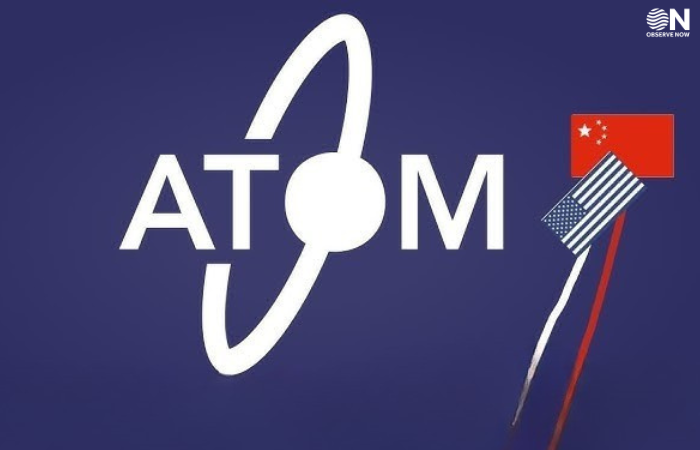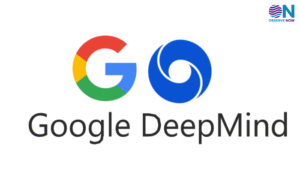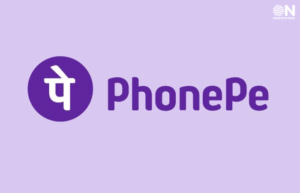U.S. Launches ATOM Project to Reassert Global Leadership in Open-Source AI

In a bold move to reclaim its edge in the global AI race, the United States has officially launched the ATOM Project—short for “American Truly Open Models”—bringing together a coalition of leading research institutions, tech companies, and AI labs. Backed by industry giants like OpenAI, Hugging Face, Stanford University, and Nvidia, the initiative is the most significant government-supported push yet to promote open-source AI development on American soil.
The ATOM Project arrives at a time when China’s state-supported open-source AI models are rapidly gaining traction and adoption across Asia, Africa, and parts of Europe. With ATOM, the U.S. aims to counterbalance this momentum and reaffirm its position as a global leader in foundational AI research and deployment.
What makes ATOM unique is the scale and diversity of its backing. The project has pooled over 10,000 GPUs and a budget exceeding $100 million, combining government funding with private-sector infrastructure. The goal? To produce high-performing, openly licensed AI models that can match or exceed the capabilities of proprietary systems—without the restrictions of closed ecosystems.
The models will be trained across a variety of modalities, including natural language, vision, and code, and will prioritize transparency, reproducibility, and safety. These models will be available for public use, aimed at supporting startups, researchers, and developers around the world.
“Open-source AI is not just a technical strategy—it’s a geopolitical necessity,” said an ATOM spokesperson. “We need American values of openness, safety, and trust to be baked into the foundation of future AI systems.”
The strategic importance of AI leadership is no longer up for debate. Beyond powering innovation in healthcare, finance, and logistics, AI is increasingly seen as a critical infrastructure for national security and economic competitiveness.
China’s open-source initiatives, often heavily subsidized and optimized for local languages and use cases, have started outpacing Western offerings in terms of deployment speed and community adoption. ATOM is designed to push back against this trend by creating a robust, globally influential alternative.
By focusing on openness, the U.S. aims to not only attract global contributors but also establish ethical and security standards that reflect democratic values.
While the project is American-led, its benefits are intended to be global. ATOM plans to host annual open challenges, model evaluations, and developer grants to encourage adoption and iteration beyond U.S. borders.
Hugging Face CEO Clement Delangue noted, “The strength of open-source lies in collaboration. ATOM is not about walls—it’s about bridges.”
The first models from ATOM are expected to be released in early 2026, with a roadmap focused on multilingual support, explainability, and robust fine-tuning capabilities. If successful, the project could redefine how nations view AI sovereignty, collaboration, and openness.
In a world where AI development is both a competitive arena and a shared global challenge, the ATOM Project stands as a declaration: open innovation is America’s answer.
















